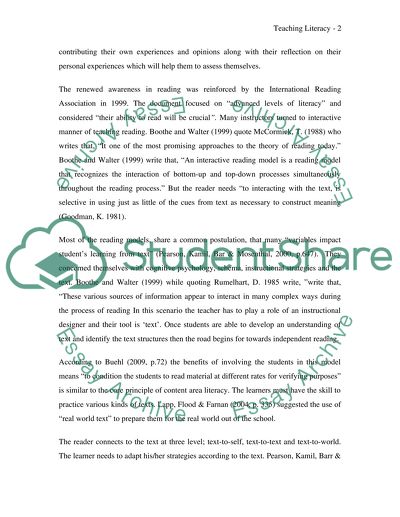Cite this document
(Teaching Literacy Assignment Example | Topics and Well Written Essays - 1000 words, n.d.)
Teaching Literacy Assignment Example | Topics and Well Written Essays - 1000 words. https://studentshare.org/education/1525751-teaching-literacy-midterm
Teaching Literacy Assignment Example | Topics and Well Written Essays - 1000 words. https://studentshare.org/education/1525751-teaching-literacy-midterm
(Teaching Literacy Assignment Example | Topics and Well Written Essays - 1000 Words)
Teaching Literacy Assignment Example | Topics and Well Written Essays - 1000 Words. https://studentshare.org/education/1525751-teaching-literacy-midterm.
Teaching Literacy Assignment Example | Topics and Well Written Essays - 1000 Words. https://studentshare.org/education/1525751-teaching-literacy-midterm.
“Teaching Literacy Assignment Example | Topics and Well Written Essays - 1000 Words”. https://studentshare.org/education/1525751-teaching-literacy-midterm.


